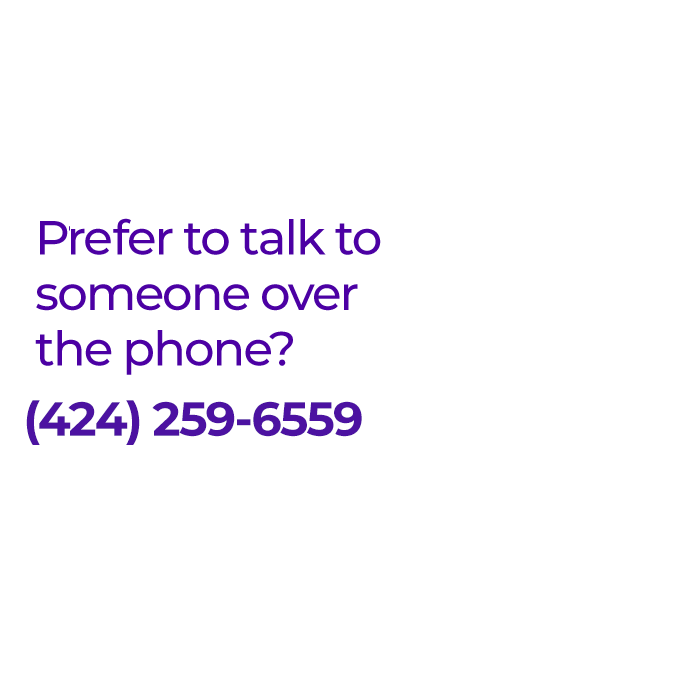Hypoglossal nerve stimulation with the Inspire Upper Airway Stimulation system has been a major advance in the treatment of obstructive sleep apnea. Most studies examining outcomes – including important research on drug-induced sleep endoscopy and Inspire therapy outcomes where we have played a key role – has focused on how well the system works when used.
Unfortunately, that may only be half the story in understanding Inspire therapy effectiveness. Similar to CPAP, this treatment must work when it is being used (a concept called efficacy) and also be used by patients (adherence). Both are essential to effectiveness of Inspire therapy, treating obstructive sleep apnea through the night and allowing patients to improve their health and feel better.
Does Inspire therapy have similarities to CPAP in needing adherence?
A landmark 2007 study of CPAP and functional outcomes showed that CPAP usage of at least 4 hours per night was associated with a substantial improvement in measures like the Epworth Sleepiness Scale questionnaire (evaluating daytime sleepiness), with greater use associated with greater improvements. Recent research has shown that approximately 15-25% of patients implanted with Inspire do not have what would be considered enough hours of use every night.
Based on this work and our own observations of patients, Emily Commesso, MD led a study where we used the Inspire ADHERE Registry database to examine the importance of efficacy and adherence on changes in daytime sleepiness (measured with the Epworth Sleepiness Scale). Dr. Commesso is a sleep surgeon on the faculty at Duke but led the study when she was a sleep surgery fellow with our team at USC, and we worked together with Dr. Cyrus Haghighian (when he was a sleep medicine fellow at USC) and the Inspire team. The study was recently accepted for publication in the Journal of Clinical Sleep Medicine, the official journal of the American Academy of Sleep Medicine.
- Substantial improvement in daytime sleepiness overall (change of 4.4 points on the Epworth Sleepiness Scale, with 1-2 points considered a meaningful change)
- Each additional hour of nightly use was associated with greater improvement in daytime sleepiness (0.17 change in the Epworth Sleepiness Scale score per hour of nightly use) and greater odds of converting a score in the abnormal range to the normal range
- Change in daytime sleepiness was also associated with whether the Inspire system achieved a dramatic reduction in obstructive sleep apnea when it was on
The bottom line: efficacy and adherence both matter!
The takeaway is that treatment with the Inspire hypoglossal nerve stimulation system is very much like treatment with any other device (CPAP or an oral appliance). It requires that the therapy works when it is being used (efficacy) and that the therapy is being used comfortably during sleep (adherence). These results are not entirely surprising, but this is the first large study to examine this question. We have led research examining the role both of efficacy and adherence and use our research and the work of others in taking care of patients. Our goal is getting patients healthier and f




+ 41 = 42